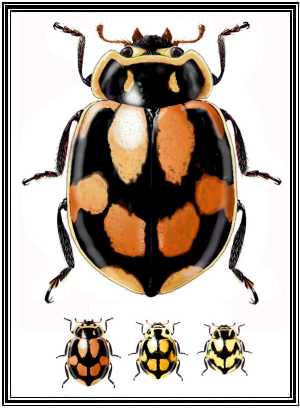



Besides defoliation, the caterpillars may feed on the apical buds, flowers or stems (De Bortoli and Busoli, 1987). Dione juno usually causes damage that is more serious because of its gregarious behavior. Heliconiine defoliators reduce leaf area, thereby indirectly reducing yield. macrocarpa are more resistant to attack by D. foetida (Echeverri et al., 1991 Carter, 1992). juno feed on all Passiflora species, except P. A B C Fig 1: (A) Egg of Agraulis vanillae vanillae (B) Larvae (C) Adult Agraulis vanillae vanillaeĢ INSECT PESTS OF PASSION FRUIT (Passiflora edulis):, and 2 Fig 2: Life Cycle of Dione juno juno Cramer Caterpillars of D. The hind wings are orange with black borders and a central stripe. Two-thirds of the forewing of Eueides isabella huebneri is dark brown, almost black, with irregular yellow spots, and one-third is orange with black stripes. vanillae butterfly has red-orange wings, with black markings and venation, and silver spots on the underside. Juno has orange wings with black borders and venation. Dione juno juno is the key pest which causes severe damage of the plant. LEPIDOPTEROUS DEFOLIATORS Three heliconiine species, Dione juno juno Cramer, Agraulis vanillae vanillae Linnaeus and Eueides isabella huebneri Ménétries (Nymphalidae), are the most common lepidopterans feeding upon foliage of passion fruit (Dominguez-Gil and McPheron, 1992). Their occurrence will be in high numbers and proper control measures will have to be adopted to save the cultivars. PRIMARY PESTS Primary pests are those that can cause severe damage to the entire crop. Insect and mite pests that are frequently associated with passion fruit are described below, including their description, behavior, hosts, damage and control. Few have key pest status, while some species are secondary pests because they are sporadic or occur at low population levels and therefore do not require control strategies. A limited number of species are clearly of major economic importance. Passion fruit is attacked by several pest species of insects and mites that feed upon all parts of the plant. Temperature, relative humidity, light intensity and precipitation have important influence on the longevity and the yield of the plants, but also favour the incidence of pests and diseases. Passion fruit develops well in tropical and subtropical regions, where the climate is hot and humid. Fruits are dark-purple or yellow, rounded or egg shaped and contain numerous small, black wedge-shaped seeds that are individually surrounded by deep orangecolored sacs that contain the juice, the edible part of the fruit. The flowers are single and fragrant, cm wide and borne at a node on the new growth. The most popular cultivated varieties are Yellow, Purple and Giant granadilla. & Fax:, Passion fruit is a vigorous perennial vine included in the Passifloraceae family. G., Pineapple Research Station (Kerala Agricultural University), Vazhakulam Muvattupuzha, Ernakulam, Kerala, India, Tel.
#Coccinella ancoralis archive
Internet Archive Reference page.1 INSECT PESTS OF PASSION FRUIT (Passiflora edulis):, and Joy P.

The Coccinellidae or ladybeetles of the Koebele collection–Part I. Insectorum species novae aut minus cognitae, descriptionibus illustratae.


 0 kommentar(er)
0 kommentar(er)
